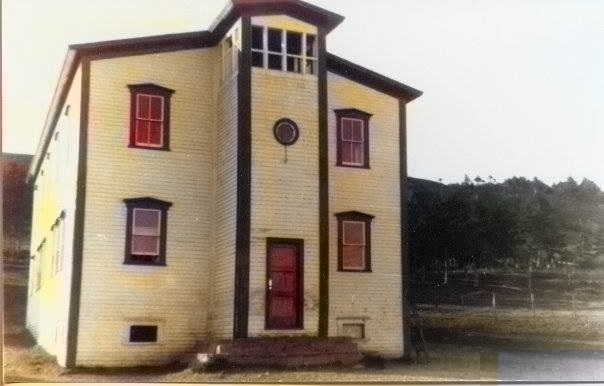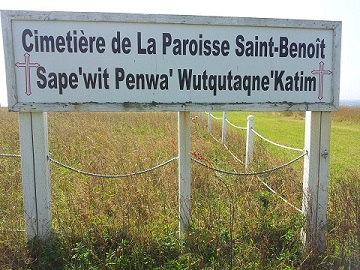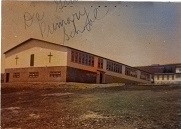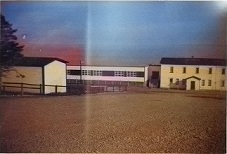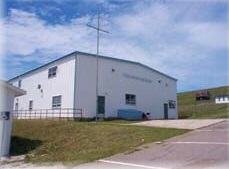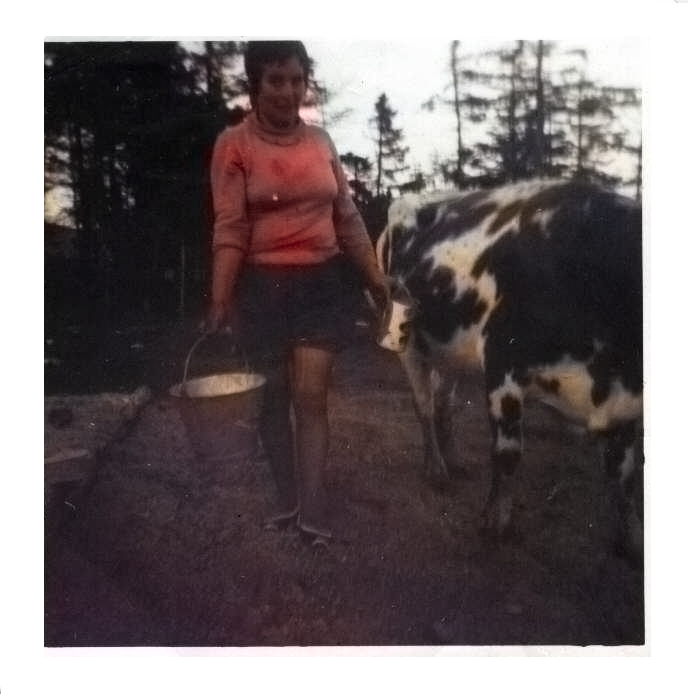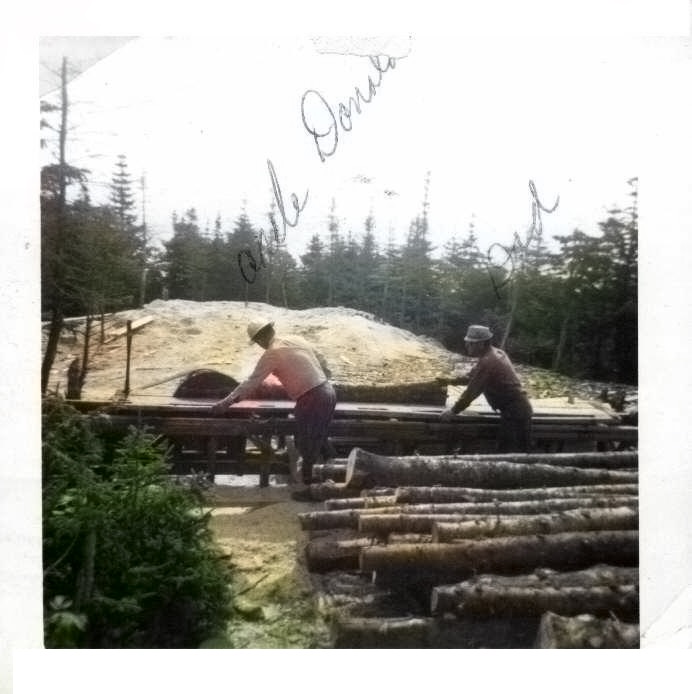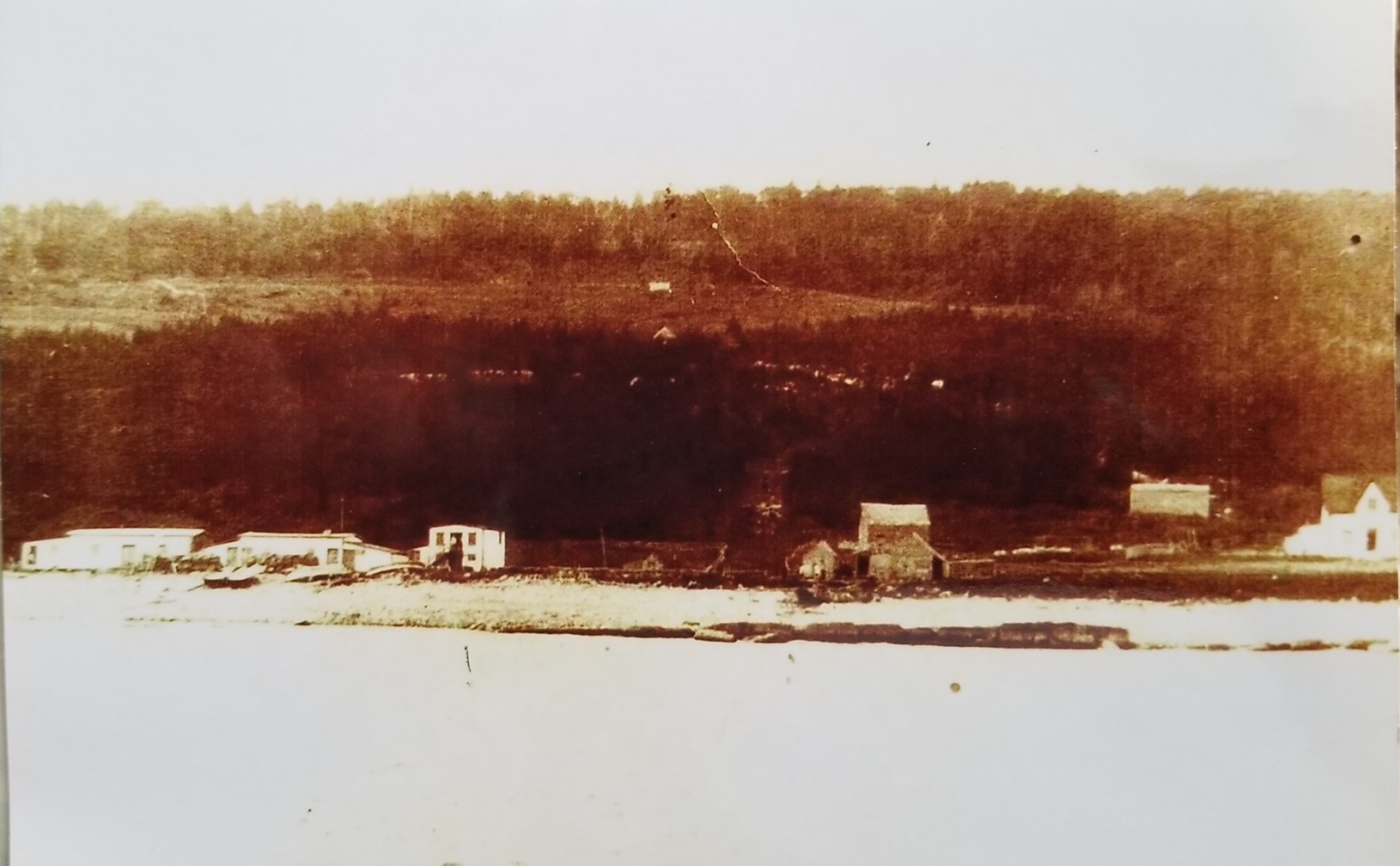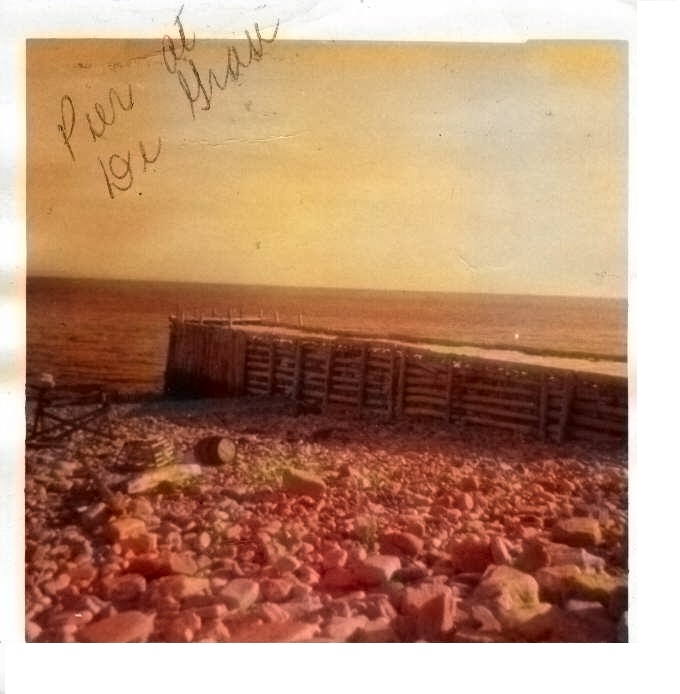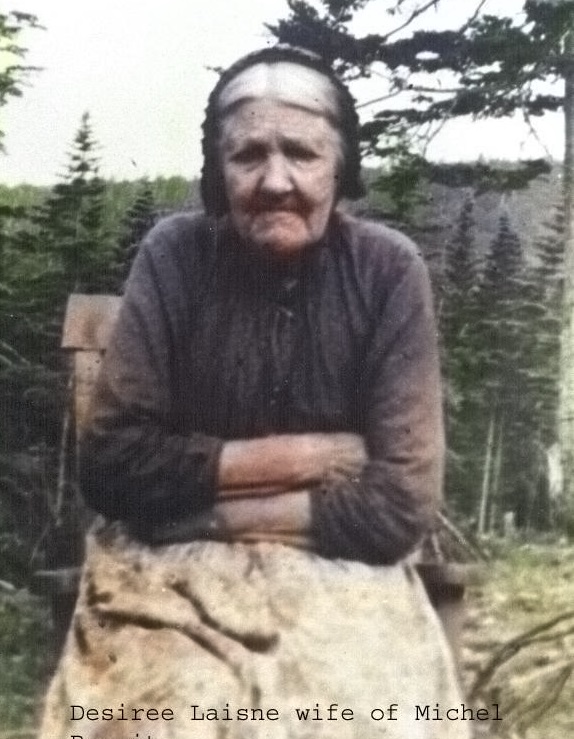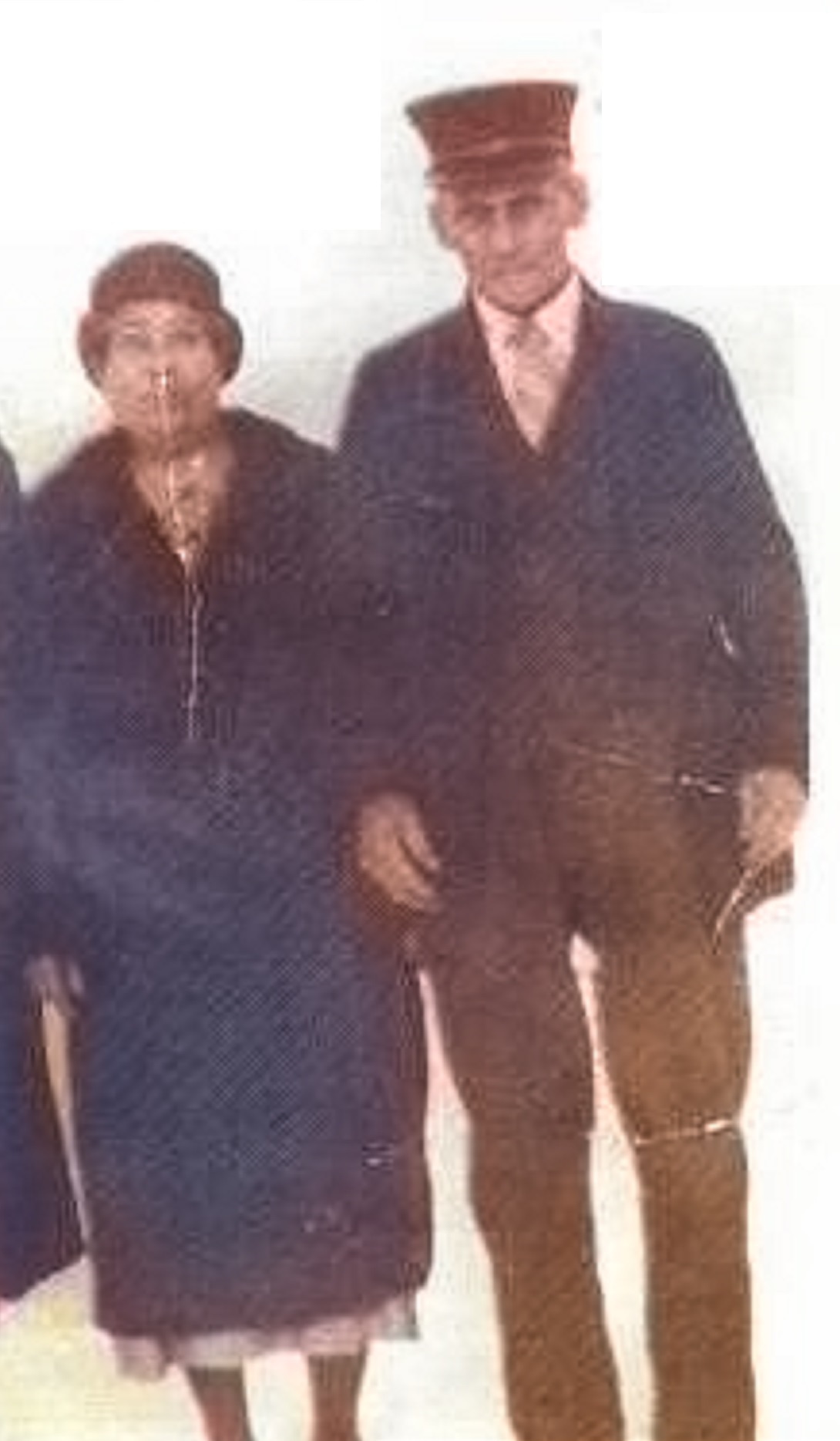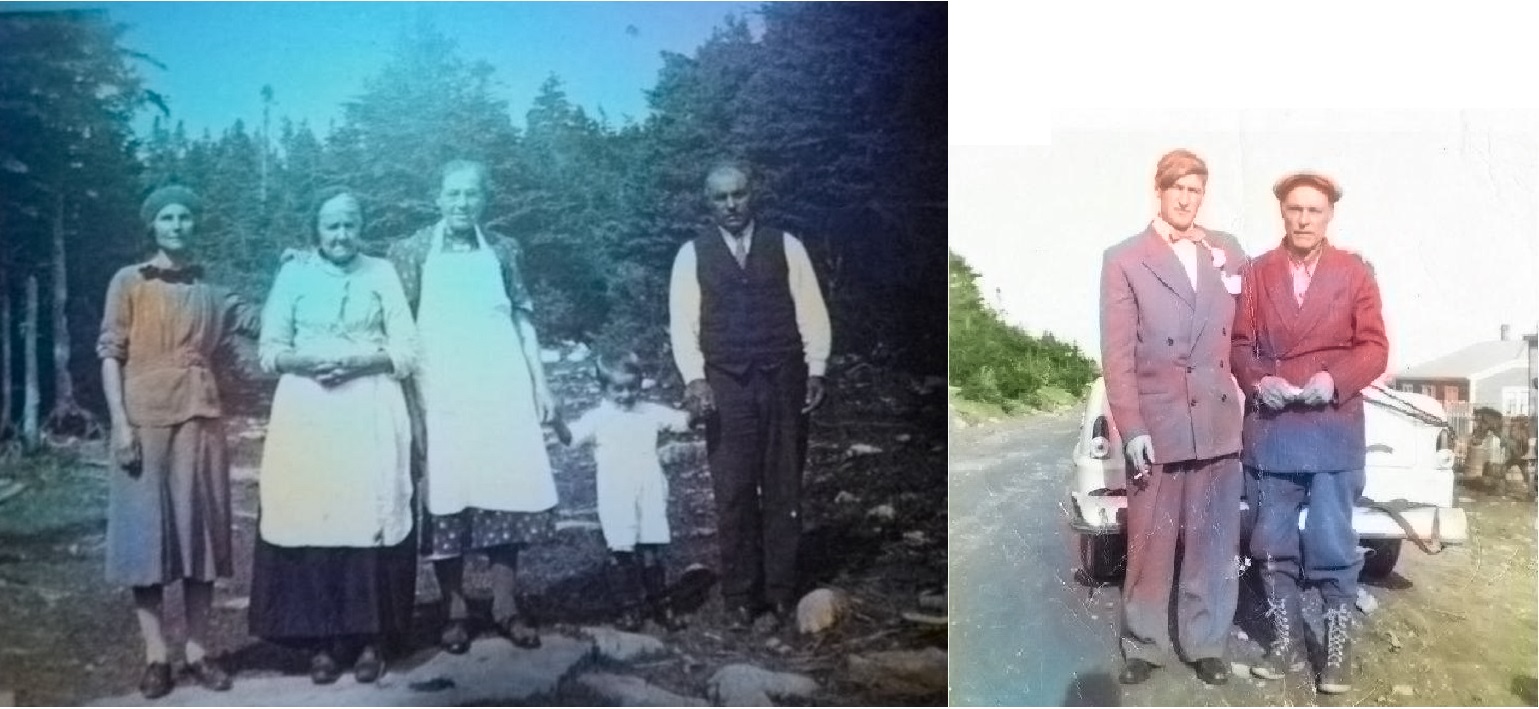St George's Bay Mi'kmaq
Degrau - Pitewey Walne'kPitewey Walne'k is Mi'kmaq and means a long stay. There is some question as to the origin of the name of De Grau. Some sources state it comes from a French phrase meaning "we are finished," and most likely referred to the completion of the summer fishery in the area. It may, however, be named for Petit Degrau, an Acadian community in Cape Breton, or Cap De Grau, a French fishing station at Quirpon. Rouzes Brook, located in De Grau, was originally called Capstein Brook. A LeRoux was reportedly the first known settler in DeGrau, which was viewed by explorers of the area as the first beach on the cape suitable for drying fish. He was a merchant, and bought dried cod to sell to Halifax schooners. Four graves, now unmarked, sit on the east side of Rouzes Brook. Buried on the LeRoux land, they may have been family members. No Leroux families currently live in the area.According to oral tradition, native people were already here, quietly hunting, fishing, trapping, berry picling and scratching a living, eariest Mi'kmaq to frequent the area lived in makeshift tents and other types of wigwams. They were migratory and travelled with the seasons and the moons. Eventually building log houses, learning to build water mills that powered saw mills to cut logs. Mi'kmaq were very friendly with the French settlers and were also very adaptive. The Chiasson was also one of the first known families to settle in the area. Acording to Thomas W Leblanc, who published a series of articles in the Evangeline (Newspaper), of Monton, N.B. called " the Acadian ones of Newfoundland" on 15 April 1948- (Phillip) Nazaire Chiasson from Cheticamp settled in Cape-St-George about 1855. It is said that Phillipe-Nazaire and his brother Jullian Chiasson came ashore and built a log cabin in the trees east of Rouzes Brook. They were from Cheticamp but had been participating in the fishery off Red Island. They married local Mi'kmaq wives.A Roman Catholic church was built before 1850 and visited by Father Belanger from Sandy Point in the 1850s. Father Dubourdieu was the first resident priest.
St Benedicts RC Church The first cemetery in the area was consecrated in Cape St. George, (located in a field on property now owned by Archibal Kerfont) but soon after the church was built in De Grau,
Cape St. George - Sape' wit Penwa' Wutqutaqne'Katim A new one was consecrated in that community to serve the coastal communities. A parish priest served De Grau and Cape St. George from 1918. The first post office was built around 1890, as was the first school, and the first teacher was a Miss Muise. This was later renovated by the Association des Terre Neuviens Francais to serve as a community centre. The association has since embraced the indigenous community and cooperate on many levels..
In 1945, there were 194 residents. In 1973, the French immersion classes were offered.
First High School in Degrau than was later changed to the Primary School after the new High scool was built bedown the road.
In 1979, Pictured is Notre Dame du Cap High School, considered to be located on the edge of De Grau just east of Cape St. George burned down but was rebuilt - later as enrolement decreased it was an english language all grades school and today a combined primary and elementary school.
Second High School in Degrau. The old building that was the old church, school and community centre was moved across the road and connected to the school to make room for the new Presentation Sisters convent that was built soon after.
All Grade former High School in Degrau An all French language primary and elementary school is housed in the former english primary and elementary school across the road.
Current French School in Degrau The first telephone was located at my grandfathers house (Gopy Joe-Mic Benoit) who also took in boarders. His last two story house was torn down in De Grau. Growing up on the Port au Port Peninsula, in "the old days"use to be quite an adventure. When I get my father and mother talking about it-they give a very detailed account of hard times, living off the land and making do with little or nothing. People were hunteres and gatherers, they were rugged, "rough and tumble", worked hard and partied hard. In the end most were happy with their lives.
trigger, Sylvetser Benoit's horse Growing up in the 1970's - my family, like most families, had a horse, some cattle, sheep, hens and pigs. My mother milked the cow, separated the milk to make cream, made butter, buttermilk and cheese.
Edna May Benoit and cow Daisy We collectively had to tend the pastures, make the hay. We did not bail the hay- it was all loose. Some was put in a barn. We used horse and cart and a pickup truck, as well as a farm-all tractor with a trailer to move it. Some was put in hay stacks outside. We planted our own vegetable- but mostly potatoes. Dad fished codfish in summer, smelts in winter and also snared rabbits. He cut logs, sawed them in his sawmill and sold the lumber.
Sylvester Benoit's Saw Mill Mom knitted wool socks, mittens, sweaters, from wool spun from our sheep. She would sew bed cloths from large flour bags and buy flanette from the local store to make cloths. We were always told that we were Mi'kmaq when I was growing up. We just didn't make a big deal of it. My older relatives spoke french mostly. They would speak french amongst themselves and english to us. When mom was young: When my mom was born in the 1930's Abbott and Haliburton already had a general store on the bank on the shore in De Grau and a general store up towards near the existing hifhway route 460 exists today.
Abbott & Haiburton Degrau Store They had purchased the land from Victor Damois, who owned a huge block of land in the area. Later, when the store was replace with another up next to what is now route 460, they purchased the land from Victor's son in law, (my great grandfather) Joseph (he went by the name Joe M. Benoit and he first married Ellen Damois. The men would fish and barter the dry fish for bulk foods and supplies like molasses, flour, flanette, sugar, candy, lamp oil, spices. She said the big supply ship would come to the wooden wharf in De Grau every six months.
Old Degrau Pier at Benoit's Beach "You knew when the supply ship came in," she said , "because it would sound it's fog horn 3 times. Everyone would go down to the shore and help unload the supplies. The ship would drop off supplies and leave with a load of dry cod fish. Those that helped out often got free pepperment nob candy for their hard work. Before that we used boughs from trees to sweep the floor-"there were no straw brooms when we were young," she says. They used stove ashes for a variety of purpose. Mom learned a lot from her grandmother- who knew a lot of the Mi'kmaq ways. They boiled ashes to extract the lye. This was used to wash cloths. To make a soap like substance to wash with she said: "We would steep fish livers and mix the oil from it with the lye."They always had sturdy homes because there was always a sawmill in the family. For those who didn't built log cabins , wigwams were used by some and mostly for temporary lodging. In my grandmother's day:
Grammy Desiree My mom told me stories of her great grandmother Desiree who lived the ways of the Mi'kmaq. She could speak the Mi'kmaq language. She was a small weather beaten woman who raised a large family with very little. Her husband Mic (Michel Benoit) who had came from the Margaree area, Nova Scotia with father Luc, had abandoned her. He ran off with big Annie, old Jack Moses' wife to New Brunswick. He is buried in a county next to the Quebec and New Brunswick boarder.
Michell "Mic" Benoit and "big Annie Moses" As far as medicine was concerned you also were on your own. Mom says "Grammy Desiree would steep cod livers to make cod liver oil that people would take when sick or anaemic." "She would also steep alder and dogwood roots to make a pain remedies," my mother says. The same structures were used to make spools and shuttles necessary in the process of preparing wool. Unique concoctions were made of roots and berries and the like. There were no horses in the earlier days. To get about people used oxen and cart in summer and oxen and sled in winter or just walked everywhere. In those days, one would travel by boat to Port au Port, Stephenville and Sandy Point at different times through the passing years, if one wanted supplies. Food consisted of wild berries for jams and sauces, fish, rabbit, sheep, chicken, beef, and mutton and vegetables. Nick Names: People mostly called each other by nick names. Dad's grandfather was known as Johny Mic, even though his name was Jean Edward Benoit. Johny Mic's father was Michel and he was called Mic. Likewise, Johny Mic's brother was called Joe Mic even though his name was Joseph Benoit.
Bell, Grammy Desiree, Grammy annie, Felix, Gopy Joe-Mic, John Earnest, and Johnny-Mic My mom called him Gopy Joe. My dad's great grandmother was known as Jane (Genevieve Benoit and married Julien Chiasson)was also known as "Jenny on the Flake" because she had a curious habit of spying on the fishermen as they dried their fish on large flakes. Genevieve's grandfather was Francois Benoit , the first Benoit to come to Newfoundland and her grandmother is Anne L' Official, a M'ikmaw lady. Benoit's Cove is named after her great Uncle Raphaiel Benoit or her Graet Uncle Sabastien Benoit. Julien Chiasson's son was known as Bea, (lived in Piccadilly) because he was known to be a braggart- his real name was Julian, Jr. there are many such stories of how various people got their nick names- many with colourful explanations. But, it is history and it is important to know the people beyond their baptism, marriage and death records Place Names in De Grau: Cornects Brook LeMoine's Lane Rouzes Brook De Grau Cementary The Prey Simon's Lane Benoit's Lane Little Mesh Big Mesh Northeast Mesh Grizzle Pond Little Pond Community Pasture Articles of Interest in De Grau, NL.Local Mi'kmaq left in dark
|
Thanks for Dropping By
Website Copyright � 2005 Benoit First Nation
